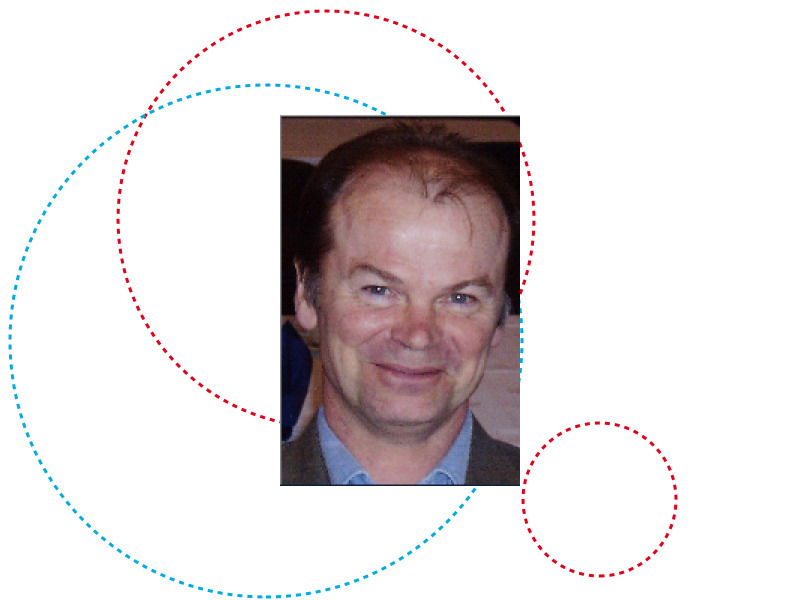We consider path integral approaches to numerical electronic structure calculations motivated by the novel features they enable, such as viable description of many-body effects, explicit temperature and reach beyond Born–Oppenheimer approximation. First, to introduce path integrals, relationship of classical mechanics and quantum mechanics is disclosed, and in particular, its similarity with the relationship of geometrical and physical optics. Then, a quick recap of imaginary time path integrals with Monte Carlo technique is given, together with some examples of our contributions to applications. Real time path integrals (RTPI) have been considered unattractive for numerical approaches due to the “numerical sign problem” (NSP), i.e., “evaluation of zero” accurately enough from destructive interference and deficient data. A related problem has also been the challenging deployment of efficient Monte Carlo technique. As a “proof of concept” we introduce our solutions to the NSP by using Monte Carlo technique and well-known simple test cases. In addition to simulation of coherent quantum dynamics (cRTPI) at zero Kelvin we introduce a novel “incoherent dynamics” (iRTPI) for finding the stationary eigenstates of a quantum system. Furthermore, we consider Coulomb interaction between electrons, response to an external perturbation and numerical details needed in implementation. As iRTPI simulates full wave functions with nodes, we do not face the notorious fermion sign problem (FSP). On the contrary, combined with the conventional Diffusion Monte Carlo (DMC), iRTPI may relieve the FSP of DMC, and also, extend its utility to excited states and evaluation of expectation values. Finally, we present the novel version of RTPI, where the NSP is transparent and controllable. We call it Real-Time Diffusion Monte Carlo (RT-DMC) method due to the formal similarity with the conventional imaginary-time DMC. Most importantly, however, RT-DMC is relatively efficient, because the interferences between Feynman paths need not to be evaluated explicitly. We will discuss its pros and cons.
BIOGRAPHY: Tapio Rantala is a professor of physics at the Tampere University (formerly Tampere University of Technology), since 1999. His present research interests include light–matter interaction and related phenomena in photovoltaics, semiconductors, surfaces, interfaces, optics and nanostructures. The research approaches are theoretical and computational, i.e., electronic structure calculations (quantum chemistry) with quantum dynamics. The latest efforts have directed to the development of novel methods with path integral formalism, to heal the typical deficiencies of conventional ab initio or first-principles methods, such as describing many-body effects and respecting the temperature.
